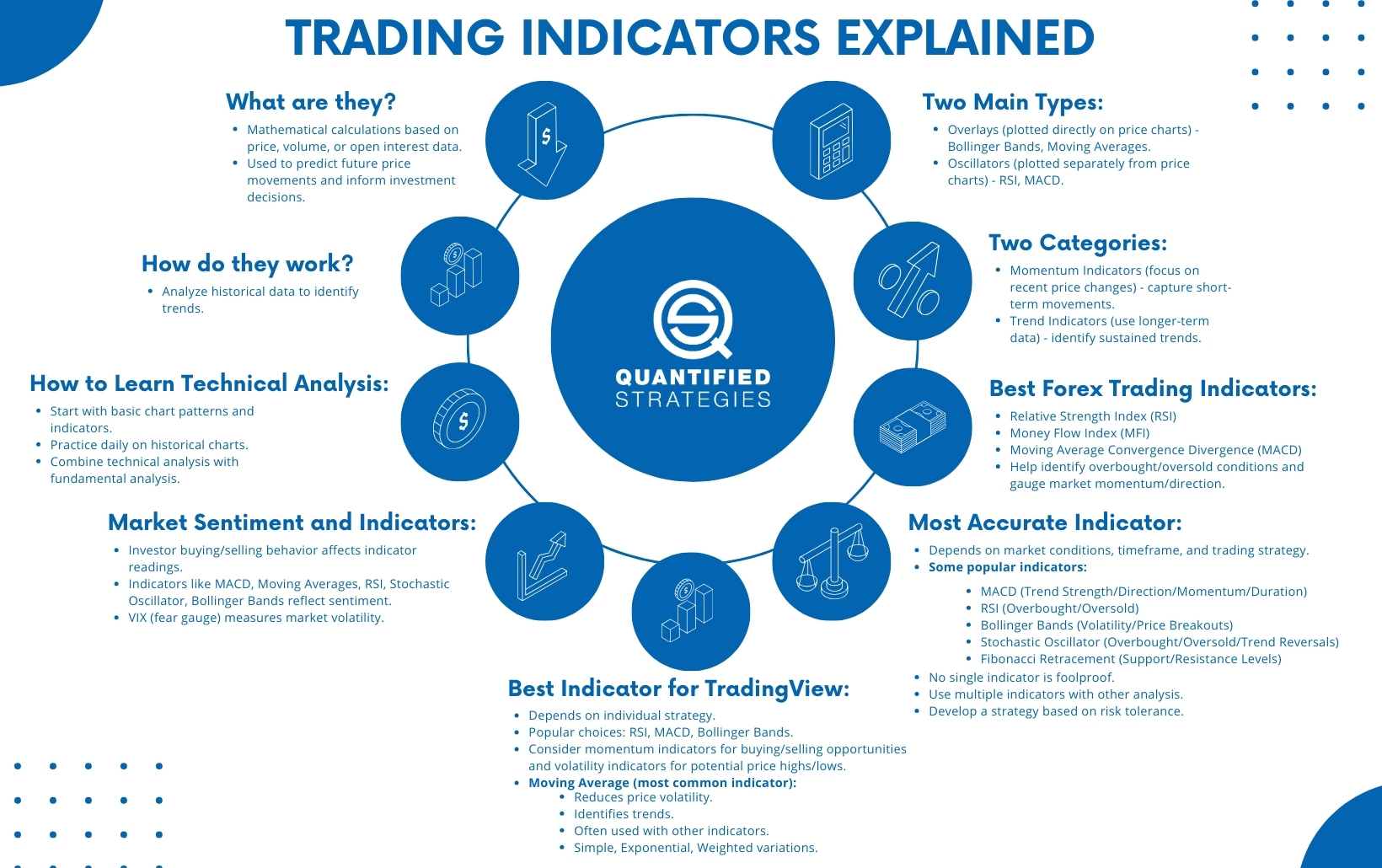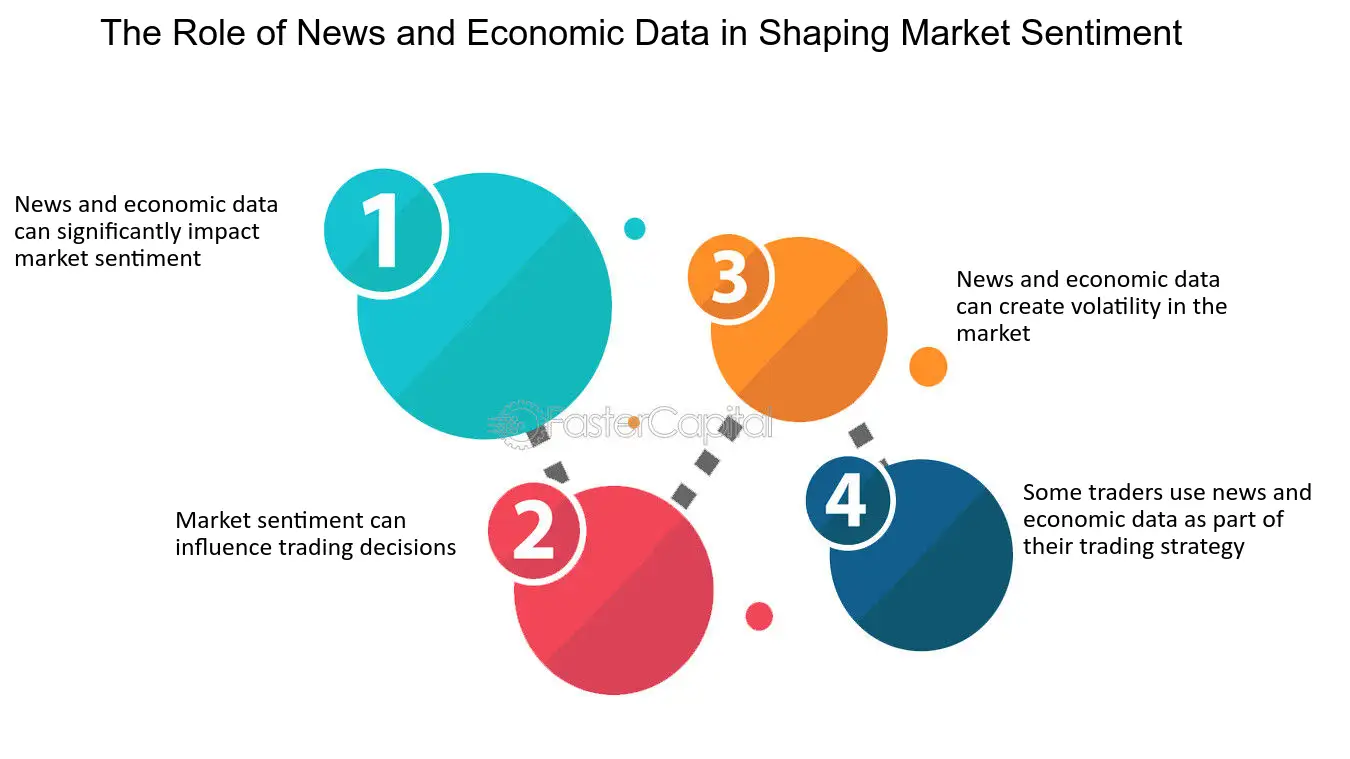Did you know that the only thing more unpredictable than a cat on a hot tin roof is the volatility in day trading futures? Understanding volatility is crucial for traders looking to navigate the fast-paced world of futures markets. This article breaks down the essence of volatility, its impact on trading strategies, and how to measure it effectively. We’ll explore the best futures markets for high volatility, the role of news and economic reports, and effective strategies to capitalize on these fluctuations. Additionally, we’ll discuss risk management and common pitfalls to avoid, helping you refine your trading performance. Join DayTradingBusiness as we delve into the dynamic relationship between volatility and day trading strategies.
What is volatility in day trading futures?
Volatility in day trading futures refers to the degree of price fluctuations within a specific time frame. High volatility means prices change rapidly, creating opportunities for profit but also increasing risk. Traders often seek volatile futures contracts to capitalize on these price swings. Understanding volatility helps in making informed decisions about entry and exit points, stop-loss orders, and overall trading strategy.
How does volatility impact day trading strategies?
Volatility directly influences day trading strategies by affecting potential profit margins and risk levels. High volatility offers more price movement, presenting opportunities for quick gains but also increases the risk of significant losses. Traders often use volatility indicators to identify entry and exit points. Strategies may include scalping in fast-moving markets or using stop-loss orders to manage risk. Understanding volatility helps traders adapt their tactics, whether they’re trading futures or other assets, maximizing their chances of success while minimizing exposure to sudden market shifts.
What are the best futures markets for high volatility?
The best futures markets for high volatility include crude oil, natural gas, and gold. These markets often experience sharp price swings due to geopolitical events, economic data releases, and seasonal demand shifts. Additionally, the S&P 500 futures can be volatile during earnings seasons or major economic announcements. Trading these futures can offer significant opportunities but also carries increased risk, so it's crucial to manage positions carefully.
How can I measure volatility in futures trading?
To measure volatility in futures trading, you can use the following methods:
1. Standard Deviation: Calculate the standard deviation of price changes over a specific period. Higher values indicate greater volatility.
2. Average True Range (ATR): Use ATR to assess market volatility by measuring price movement over time. A higher ATR suggests increased volatility.
3. Bollinger Bands: Analyze Bollinger Bands, which expand and contract based on market volatility. Wider bands indicate higher volatility.
4. Historical Volatility: Evaluate historical price data to determine how much the price fluctuated over a certain timeframe.
5. Implied Volatility: Check the implied volatility from options pricing to gauge market expectations of future volatility.
Choose one or combine several methods for a comprehensive view of volatility in your futures trading strategy.
What indicators help identify volatility in day trading?

Indicators that help identify volatility in day trading include the Average True Range (ATR), Bollinger Bands, and the VIX (Volatility Index). ATR measures price movement over a specific period, showing potential volatility levels. Bollinger Bands expand and contract based on market volatility, signaling potential breakouts or reversals. The VIX indicates market expectations of volatility, often rising in uncertain conditions. Additionally, high trading volume and sudden price swings can also signal increased volatility.
How does news affect volatility in futures markets?
News significantly affects volatility in futures markets by influencing trader sentiment and expectations. Major news events, such as economic reports or geopolitical developments, can lead to rapid price fluctuations as traders react. Positive news often boosts prices, while negative news can cause sharp declines. This increased activity creates higher volatility, making it crucial for day traders to stay informed and adjust their strategies accordingly. In essence, timely news can create opportunities for profit but also increase risk due to unpredictable market swings.
What are the risks of trading during high volatility?
Trading during high volatility carries several risks. First, rapid price swings can lead to significant losses if positions move against you quickly. Second, slippage may occur, where trades are executed at worse prices than expected. Third, emotional decision-making can increase, leading to impulsive trades rather than strategic ones. Additionally, wider bid-ask spreads can increase costs, cutting into profits. Lastly, high volatility can lead to market gaps, where prices jump between trading sessions, potentially resulting in unexpected losses.
How can I use volatility to improve my trading performance?
To use volatility to improve your day trading performance in futures, focus on these strategies:
1. Identify Volatile Markets: Look for futures contracts with high volatility, as these can provide more opportunities for profit. Use technical indicators like the Average True Range (ATR) to gauge volatility levels.
2. Set Tight Stop Losses: In volatile markets, set tighter stop losses to protect yourself from sudden price swings. This reduces the risk of larger losses.
3. Trade Breakouts: Use volatility to identify breakout opportunities. When prices move outside established support or resistance levels, enter trades to capitalize on the momentum.
4. Adjust Position Size: In high-volatility environments, consider reducing your position size to manage risk better. This allows you to stay in the game without overexposing your capital.
5. Use Options for Hedging: If you're trading futures, consider using options to hedge against volatility. This can protect your position while allowing for potential upside.
6. Monitor News Events: Stay updated on economic news and reports that typically drive volatility in the futures market. Plan your trades around these events to take advantage of price movements.
7. Stay Disciplined: Stick to your trading plan. Volatility can trigger emotional responses; maintaining discipline helps you make rational decisions in fast-moving markets.
By implementing these strategies, you can leverage volatility to enhance your day trading performance in futures.
What role does time of day play in futures volatility?
Time of day significantly impacts futures volatility due to market liquidity and trader behavior. Mornings often see higher volatility as major economic reports are released and market participants react to overnight news. Midday can be quieter, with reduced trading volume leading to less price movement. Toward the close, volatility can spike again as traders adjust positions before the market closes. Understanding these patterns helps day traders anticipate price swings and manage risk effectively.
How do economic reports influence futures volatility?

Economic reports influence futures volatility by providing key data that traders use to gauge market conditions. Positive reports, like strong job growth or rising GDP, often lead to increased buying, driving prices up. Conversely, negative reports can trigger sell-offs, causing prices to drop. The anticipation of these reports creates volatility as traders adjust positions based on expected outcomes. For example, ahead of a major employment report, futures may experience fluctuations as traders react to speculation. Overall, economic indicators serve as catalysts for rapid price changes in the futures market.
How Do Volatility and Futures Impact Day Trading Strategies?
Futures in day trading are contracts to buy or sell an asset at a predetermined price on a specified date. Traders use these contracts to speculate on price movements of commodities, indices, or currencies, aiming to profit from short-term volatility.
Learn more about: What Are Futures in Day Trading?
Learn about The Impact of Market Volatility on Day Trading
What strategies are effective for trading volatile futures?
Effective strategies for trading volatile futures include:
1. Scalping: Take advantage of small price movements by making quick trades. Focus on high liquidity futures to enter and exit positions rapidly.
2. Technical Analysis: Use indicators like Bollinger Bands and RSI to identify potential entry and exit points based on volatility patterns.
3. Risk Management: Set tight stop-loss orders to limit losses and protect your capital, especially in fast-moving markets.
4. News Trading: Stay updated on economic events and announcements that can impact futures prices. Trade the volatility created by these events.
5. Diversification: Trade multiple futures contracts across different sectors to spread risk and capture various market movements.
6. Position Sizing: Adjust your trade size based on the volatility of the futures contract to manage risk effectively.
7. Stay Disciplined: Stick to your trading plan and avoid emotional decisions, especially in a highly volatile environment.
Implementing these strategies can help capitalize on the opportunities presented by volatile futures.
How can I manage risk during volatile trading conditions?
To manage risk during volatile trading conditions in day trading futures, use these strategies:
1. Set Stop-Loss Orders: Always implement stop-loss orders to limit potential losses on each trade.
2. Position Sizing: Adjust your position size based on your risk tolerance and the volatility of the market to avoid overexposure.
3. Diversification: Trade different futures contracts to spread risk across multiple assets.
4. Stay Informed: Monitor economic news and events that could impact market volatility, adjusting your strategy accordingly.
5. Use Technical Analysis: Rely on charts and indicators to identify entry and exit points, helping you navigate price swings.
6. Limit Leverage: Use less leverage to reduce the risk of significant losses during sharp market movements.
7. Develop a Trading Plan: Stick to a well-defined trading plan that includes clear rules for entry, exit, and risk management.
8. Emotional Discipline: Maintain emotional control to prevent impulsive decisions during high volatility.
Implementing these strategies can help you effectively manage risk while trading futures in volatile conditions.
What are common mistakes traders make with volatility?
Common mistakes traders make with volatility include overreacting to price swings, neglecting risk management, and failing to adapt strategies to changing market conditions. Many traders also misinterpret volatility as a signal to enter trades too aggressively, leading to large losses. Additionally, not using stop-loss orders can result in significant drawdowns during volatile periods. Lastly, some traders ignore the importance of market news and events that can drive volatility, impacting their trading decisions.
How do different asset classes affect volatility in futures?
Different asset classes affect volatility in futures due to their inherent characteristics and market behaviors. For example, commodities like oil and gold often experience higher volatility due to supply and demand fluctuations, geopolitical events, and seasonal trends. Equities tend to have moderate volatility, influenced by earnings reports and economic indicators. Interest rate futures can be more stable but may spike during central bank announcements. Forex futures are impacted by macroeconomic data and geopolitical tensions, leading to varied volatility levels. Understanding these dynamics can help traders manage risk and make informed decisions in day trading futures.
What tools can help traders navigate volatile futures markets?

Traders navigating volatile futures markets can benefit from several tools:
1. Technical Analysis Software: Tools like TradingView or MetaTrader provide real-time charts and indicators to identify price trends and patterns.
2. Risk Management Tools: Use stop-loss orders and position sizing calculators to minimize losses during high volatility.
3. Market News Platforms: Stay updated with platforms like Bloomberg or Reuters for breaking news that affects market conditions.
4. Volatility Indexes: Tools like the VIX can help gauge market sentiment and expected volatility.
5. Algorithmic Trading Systems: Utilize algorithms that can execute trades based on predefined criteria to capitalize on rapid market movements.
6. Economic Calendars: Keep track of economic events and reports that could impact futures prices, using tools like Forex Factory or Investing.com.
7. Backtesting Software: Platforms like NinjaTrader allow traders to test strategies against historical data to understand potential performance in volatile conditions.
These tools enhance decision-making and help manage risks in unpredictable futures markets.
How can I develop a volatility-based trading plan?
To develop a volatility-based trading plan for day trading futures, follow these steps:
1. Identify Volatility Indicators: Use tools like the Average True Range (ATR) or Bollinger Bands to assess market volatility.
2. Set Entry and Exit Points: Establish clear rules for entering trades when volatility spikes and exiting when it decreases. For example, buy when the price breaks above the upper Bollinger Band.
3. Risk Management: Determine your risk tolerance. Set stop-loss orders based on volatility metrics to protect your capital.
4. Time Your Trades: Focus on high-volatility periods, such as market open or economic announcements, to maximize potential gains.
5. Backtest Your Strategy: Use historical data to test your plan's effectiveness. Adjust parameters based on performance.
6. Monitor Market Conditions: Stay updated on news and events that could impact volatility, adjusting your plan accordingly.
7. Review and Adapt: Regularly evaluate your trading performance and refine your strategy based on what works and what doesn’t.
Implementing these steps will help you create a robust volatility-based trading plan for futures.
Conclusion about Day Trading Futures: Understanding Volatility
Understanding volatility is crucial for success in day trading futures. It not only shapes your trading strategies but also influences risk management and decision-making. By measuring volatility with the right indicators and staying informed about economic reports and news, you can better navigate the complexities of the futures markets. Incorporating these insights into a well-structured trading plan will enhance your performance and help avoid common pitfalls. For further guidance on mastering volatility in day trading, explore the resources offered by DayTradingBusiness.
Learn about Understanding Market Volatility in Crypto Day Trading